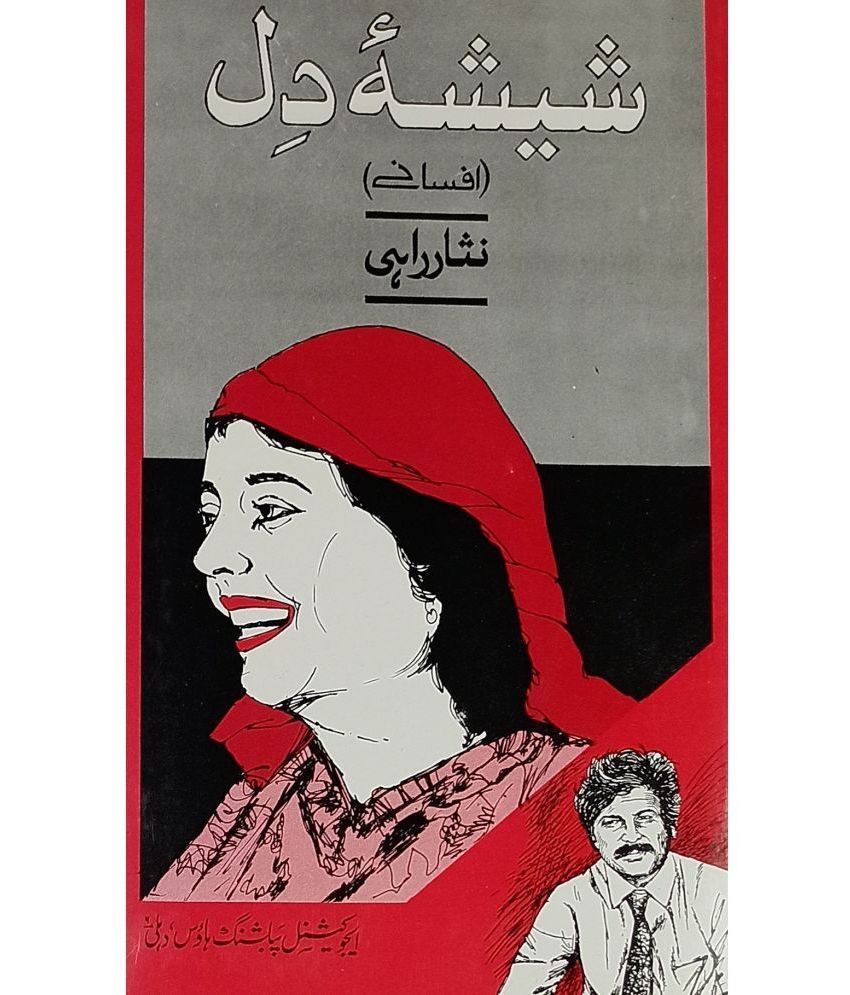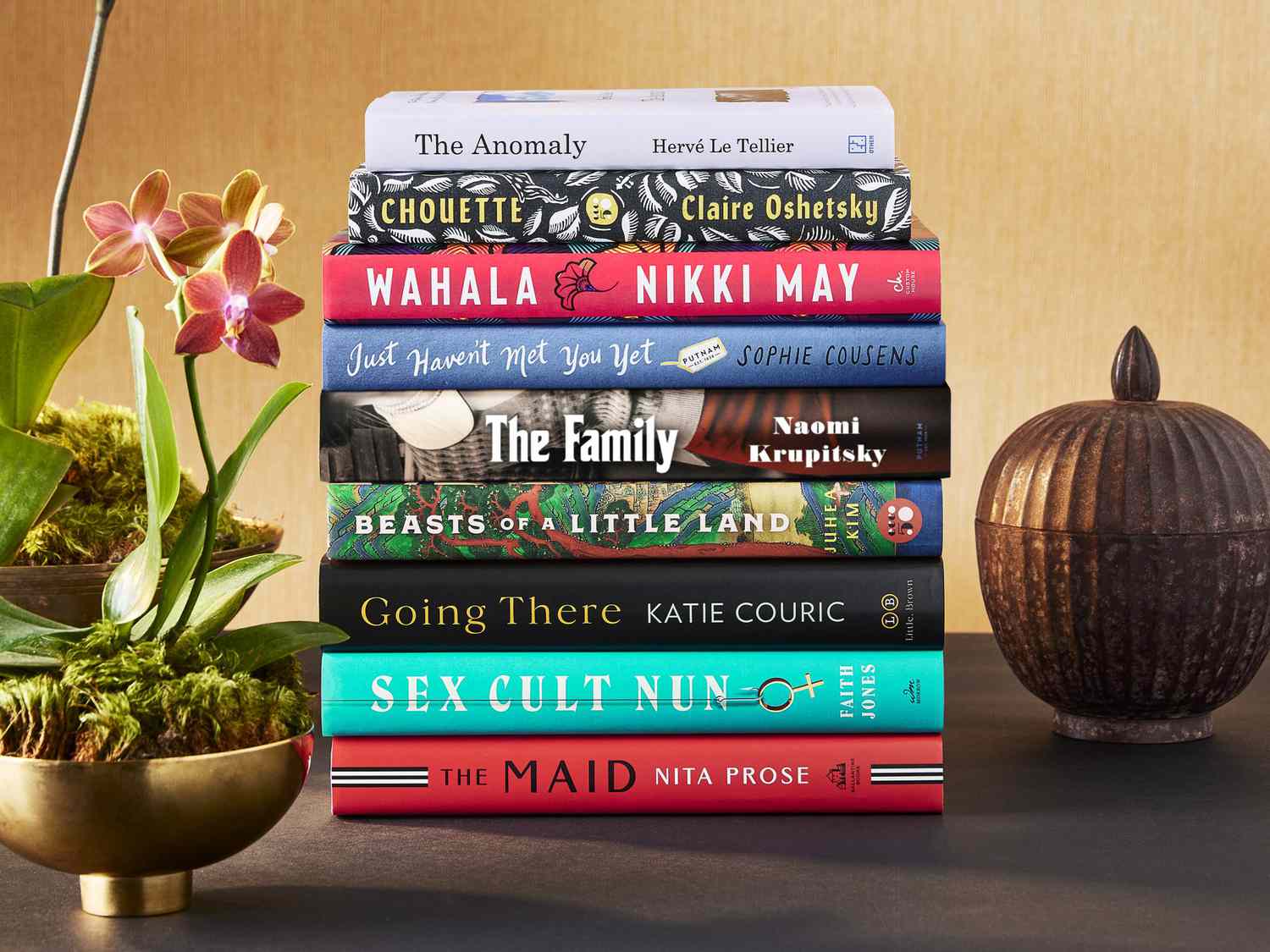

I used to see them cry and narrate stories of how the English killed one of their sons, and how they saw his dead body on the streets. One day, they were forced to flee their home, with their children and some of them came to our house for refuge. The women of that family had not once stepped foot outside their house. There was a family at the vegetable market, close friends of my father’s. “I used to rely on the elders to understand what was going on. Her most vivid memory from that school was standing in a queue outside the canteen to get their share of breakfast – biscuits and an apple.At the time of Partition Taj Begum was in 3rd grade at school, and she recounts way the neighborhood changed.

She says that it was a school run by the nuns. In 1942 Taj Begum joined her elder sister at the Saint Mary’s School in Delhi. During Eid, Taj Begum would visit her paternal grandparents’ home at Khari Bavla, where the entire family would get together for Eid prayers, and katchoris and vermicelli with milk was made and distributed in the mohallah. During Diwali and Gurupurab, Taj Begum and her family used to get sweets from their neighbors. As soon as he’d return, we’d switch it off, cover our heads, and go back to reading our books,” she recalls.The police station and vegetable market was close to their house. “In our father’s absence, we would switch it on and listen to songs on it. Taj Begum recounts only the elders in her house were allowed to listen to the radio. “My grandmother had not once heard the crackling of cooking utensils nor had seen cooks make food in the kitchen,” she says. “The male cooks were forbidden to enter the living and dining areas without their heads covered,” Taj Begum remembers. Cooking was done by the male cooks in copperware and brassware utensils. The rooms of her house were divided into zenana (female-only) and mardana (male-only) sections. It had a lawn with a swing for children, a kitchen, and five rooms, with curtains. “Every week we used to watch him disassemble his guns, clean them, and reassemble them,” she remembers.Her father had recently built their house on Court Road before her family moved into it in 1944. Her father was avid hunter, and would often to go to Delhi for hunting tigers and deer, and had a great collection of guns for hunting that he’d keep hidden at the basement of the house. Her paternal grandfather used to own a horse cart, and her parents used to own a car. “Several years after her marriage, my mother obtained an English education from Queen Mary School, and could read the English newspaper, and converse in English,” she shares.Taj Begum is the third of five sisters and one brother, and was raised at her paternal grandparents’ residence in Khari Bavla mohallah and their parents’ residence on Court Road (near Delhi Sabzi Mandi) before Partition.

Sharing the story behind her name, Taj Begum says, “My father says on my birthday King George VI was crowned in England, and therefore he’d decided that my name would be Taj.” Her parents’ marriage was set by her paternal grandfather in Delhi, when her mother was four and a half years old, and her father was six years old. Her father, born and raised in Delhi, was a landlord and her mother was a homemaker. Taj Begum was born in 1937 in Delhi to an Urdu-speaking literary family. Oral history with Taj Begum, 2017 February 6īegum, Taj, 1937-, Hassan, Fakhra, Hassan, Fakhra, and Hassan, Fakhra


 0 kommentar(er)
0 kommentar(er)
